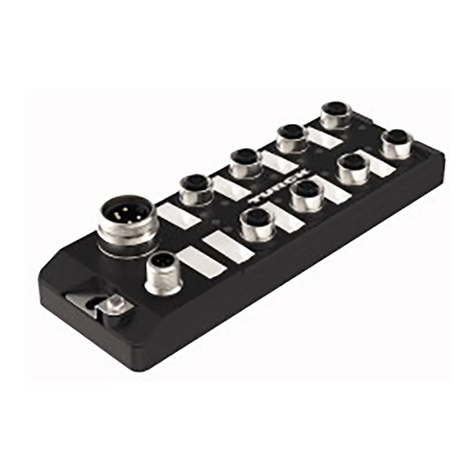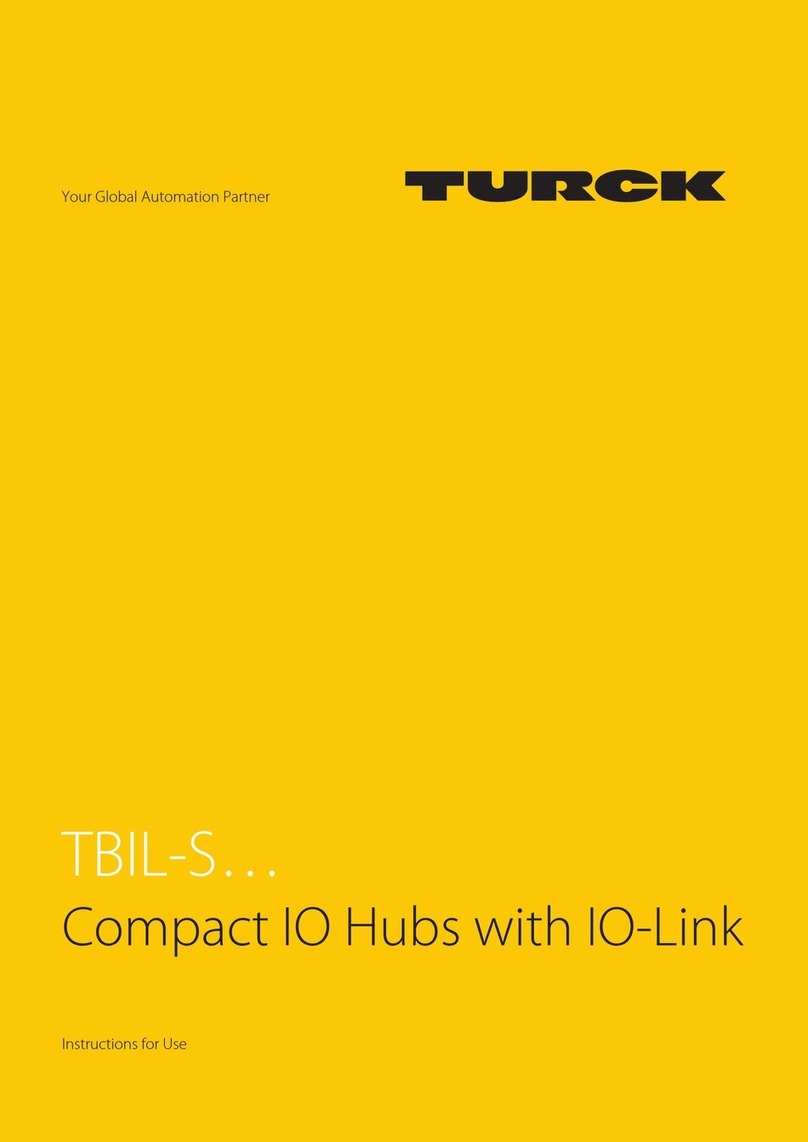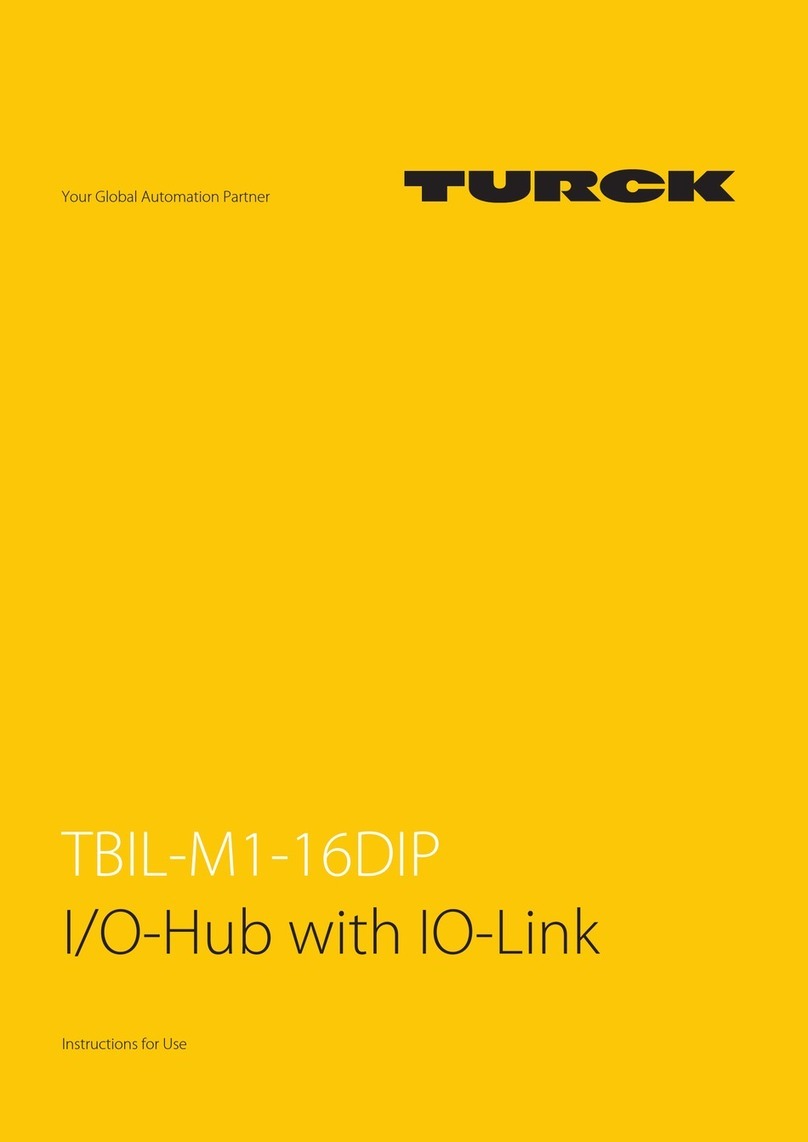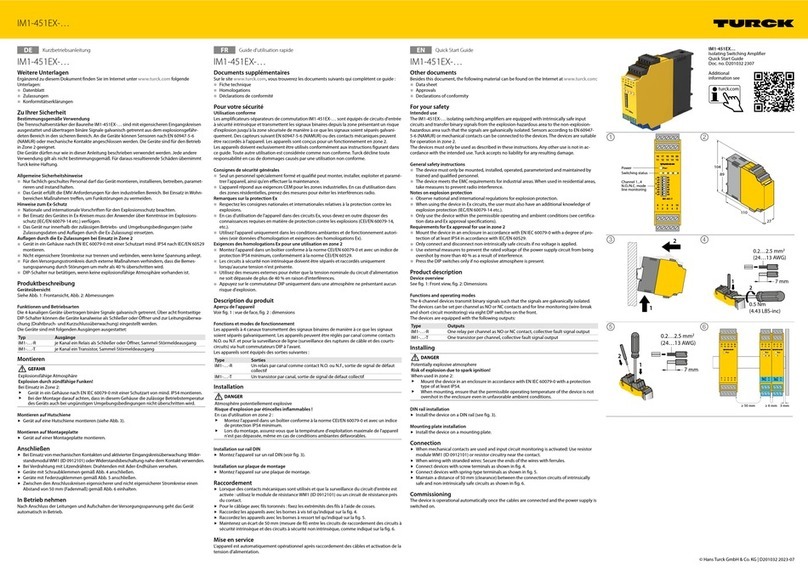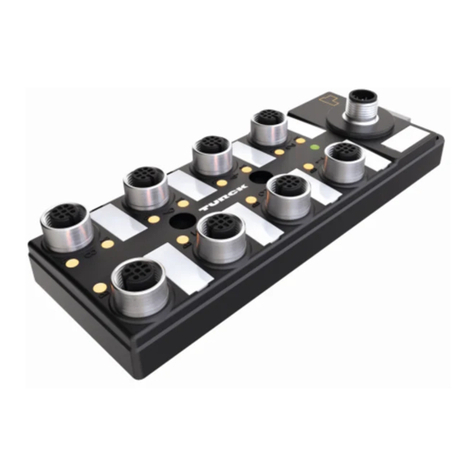
V02.00 | 2021/11 3
Table of Contents
1 About These Instructions.................................................................................................................. 5
1.1 Target groups................................................................................................................... 5
1.2 Explanation of symbols used ........................................................................................ 5
1.3 Additional documents.................................................................................................... 5
1.4 Feedback about these instructions.............................................................................. 5
2 Notes on the Product......................................................................................................................... 6
2.1 Product identification..................................................................................................... 6
2.2 Scope of delivery ............................................................................................................. 6
2.3 Legal requirements.........................................................................................................6
2.4 Turck service..................................................................................................................... 6
3 For Your Safety.................................................................................................................................... 7
3.1 Intended use..................................................................................................................... 7
3.2 General safety notes ....................................................................................................... 7
3.3 Notes on UL approval ..................................................................................................... 7
3.4 Notes on Ex protection................................................................................................... 7
3.5 ATEX and IECEx approval requirements for use in Ex area .....................................8
4 Product Description ........................................................................................................................... 9
4.1 Device overview .............................................................................................................. 9
4.1.1 Operating elements......................................................................................................................10
4.1.2 Display elements............................................................................................................................10
4.2 Properties and features................................................................................................10
4.3 Operating principle.......................................................................................................10
4.4 Functions and operating modes ................................................................................11
4.4.1 SNMP agent......................................................................................................................................11
4.4.2 Neighborhood detection via LLDP (Link Layer Discovery Protocol)...........................11
4.4.3 Prioritization/classification of data packets via QoS .........................................................11
4.4.4 DHCP...................................................................................................................................................11
4.4.5 Network redundancy....................................................................................................................11
4.4.6 Routing ..............................................................................................................................................12
4.4.7 Firewall...............................................................................................................................................12
4.4.8 NAT (Network Address Translation)........................................................................................12
4.4.9 Mirroring – mirroring switch ports ..........................................................................................12
4.4.10 IGMP (Internet Group Management Protocol)....................................................................12
5 Installing.............................................................................................................................................13
5.1 Installing the device in Zone 2 and Zone 22 ............................................................13
5.2 Mounting onto a mounting plate ..............................................................................14
5.3 Mounting the device outdoors...................................................................................14
5.4 Grounding the device...................................................................................................15
5.4.1 Equivalent wiring diagram and shielding concept ...........................................................15
5.4.2 Shielding the Ethernet ports......................................................................................................16
5.4.3 Grounding the device ..................................................................................................................16
6 Connecting ........................................................................................................................................17
6.1 Connecting the device in Zone 2 and Zone 22 ........................................................17
6.2 Connecting network segments ..................................................................................17
6.3 Connecting the power supply ....................................................................................19
